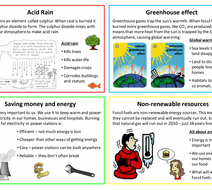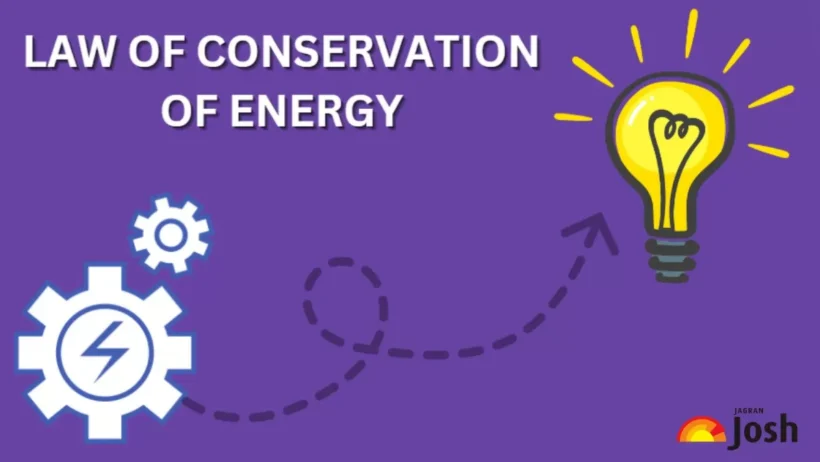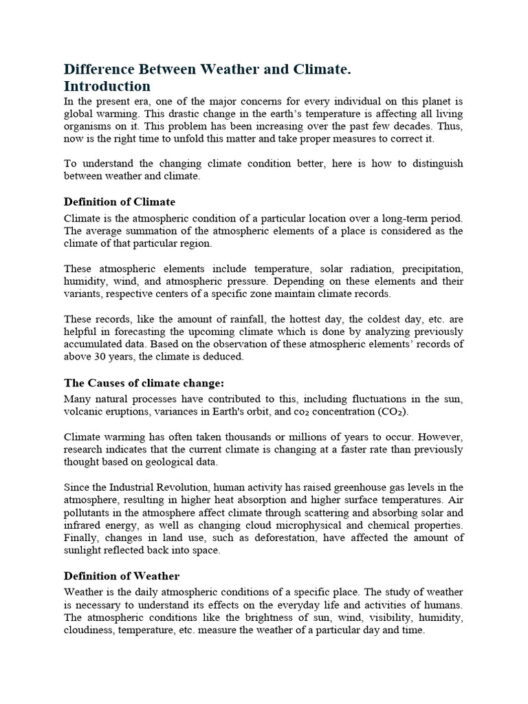Understanding the Law of Conservation of Energy requires a deep dive into one of physics’ most fundamental principles. This law posits that energy cannot be created or destroyed; it can only change forms. This concept is not merely a theoretical abstraction; it serves as the bedrock of various scientific disciplines and has profound implications on our comprehension of the universe, from the tiniest subatomic particles to the vast cosmos.
The ramifications of this law can be felt in everything we encounter daily. Energy transformation is a constant, underlying process that dictates how we harness resources, manage ecosystems, and address the challenges of sustainability. As we explore its intricate web of connections, we uncover both its aesthetic charm and its pivotal role in our scientific understanding.
In the broader context of physics, the Law of Conservation of Energy emerges as a crucial player. Understanding its essence illuminates our grasp of energy systems, leading to informed decisions regarding consumption, innovation, and environmental stewardship.
Defining Energy: The Basic Building Blocks
Before delving deeper, it is essential to elucidate what energy entails. Energy is the capacity to perform work, to cause change, or to produce heat. It exists in multiple forms, including kinetic, potential, thermal, electrical, chemical, nuclear, and radiant energy. Each type of energy conforms to the conservation principle. For example, kinetic energy transforms into potential energy in a roller coaster as it climbs a hill, only to switch back to kinetic as it plummets downward.
This inherent quality of energy to convert from one form to another enhances its allure. Consider the cyclical elegance of nature. Plants transform sunlight into chemical energy through photosynthesis, and animals utilize that energy to thrive. In a sense, energy is the thread that knits together the fabric of reality, binding various physical processes into a cohesive whole.
Illustrating the Principle: Real-World Applications
The Law of Conservation of Energy manifests itself in numerous real-world applications, showcasing its indispensable role in both natural and engineered systems. One noteworthy example is the operation of a hydroelectric dam. Water, elevated behind a dam, possesses gravitational potential energy. As it flows downward, this potential energy transforms into kinetic energy, which the turbines convert into electrical energy. Through this process, energy remains constant, merely shifting between forms.
This principle resonates in the realm of thermodynamics—a pivotal branch of physics responsible for understanding heat and energy transfer. The first law of thermodynamics essentially reiterates the Law of Conservation of Energy; it asserts that the total change in internal energy of a system is equal to the heat added to the system minus the work done by the system. As systems engage with their surroundings, energy shifts and flows, but the total energy remains unchanged.
Additionally, in our pursuit of sustainable energy solutions, this principle proves invaluable. By developing technologies that effectively harness and convert energy from renewable sources, such as solar panels and wind turbines, we can reduce our reliance on fossil fuels. This approach not only aligns with the conservation principle but also helps mitigate adverse environmental impacts.
The Cosmic Scale: From Micro to Macro
The significance of the Law of Conservation of Energy stretches beyond earthly applications; it extends into the vast expanse of the cosmos. Stars, at their core, fuse hydrogen atoms into helium through thermonuclear reactions, a process releasing enormous amounts of energy. This stellar fusion represents a conversion of mass into energy, adhering to Einstein’s theory of relativity encapsulated in the equation E=mc². Here, energy cannot be generated from a vacuum; rather, it is a transformation—a dance of particles and forces that has existed since the universe’s inception.
Black holes also illustrate this captivating principle. As matter gets swallowed by these enigmatic cosmic phenomena, energy is not destroyed. Instead, it transforms into different forms, leading to the emission of radiation from the black hole’s event horizon—a phenomenon known as Hawking radiation. The Law of Conservation of Energy invites us to reflect on these grand cosmic processes, revealing their complexities while instilling awe and wonder.
Pondering Aesthetic Appeal: Energy’s Dual Nature
Aesthetically, the law presents an intriguing duality. Its rigid mathematical nature intertwines with the natural world’s fluidity, creating a tapestry of existence that evokes creativity and innovation. The constant interplay of energy—transforming, evolving, and adapting—offers a captivating narrative that urges humanity to seek harmony with the environment. For instance, artists and architects often draw inspiration from these principles, creating works that echo nature’s elegance and sustainability themes.
Conclusively, the Law of Conservation of Energy is not merely a cornerstone of physics; it elegantly interweaves through various domains, influencing our perceptions and actions. Understanding energy’s conservation empowers us to harness its potential responsibly. It also fosters a profound respect for the interconnectedness of all systems, encouraging conscious choices that advocate for a sustainable future. By recognizing its fundamental role in our lives, we affirm our commitment to preserving the delicate balance of our planet’s ecosystems—a task that resonates deeply in our collective journey towards environmental stewardship.








